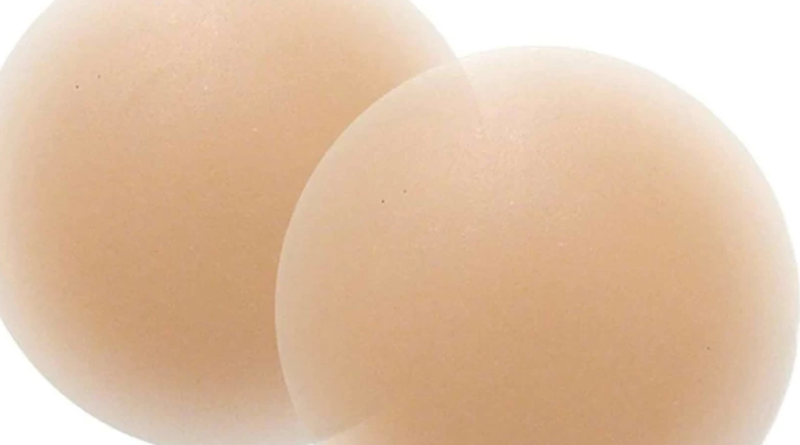5 Key Factors to Consider When Choosing Breast Implants
Your plastic surgeon has helped many women enhance their breasts with implants. They may offer suggestions and opinions based on previous patients, but it’s up to you to decide what looks best for your body frame and lifestyle.
For example, larger-sized implants will work well for you if you wear tanks and dresses that show cleavage. However, smaller implants might be more appropriate if you enjoy high-intensity workouts or want bra-less.
Size
When deciding on breast implant size, it’s important to consider the dimensions of your chest and body frame. This includes your base breast width, skin pinch thickness at the top and bottom of each breast, and tissue elasticity.
The best-sized implants will fit within the natural limits of your breast and chest anatomy. For example, a woman with a narrower breast and a larger frame may enjoy the look of bigger implants.
However, a larger implant could cause health issues such as back pain and require a future breast lift. In addition, large breasts will add weight that can affect posture, and it’s essential to remember that bigger isn’t necessarily better. Choosing the right breast size is all about personal preference and goals. Your plastic surgeon Bellevue, can help you find the perfect breast size for your unique body and shape.
Shape
A breast implant has different shapes, allowing you to achieve a more natural augmentation. Some implants are round, while others are teardrop-shaped to mimic the appearance of a natural breast.
When determining the shape of your implant, consider what activities and clothing you plan to wear after your surgery. You’ll want to ensure your breasts accommodate your lifestyle, especially if you participate in high-intensity workouts.
It would help if you also considered your weight, height, chest wall dimensions, shoulder width, body frame and starting breast volume. These factors affect the implant size you need to achieve your desired result.
Material
Whether you want to fill out your bikini top or enjoy more shape in your everyday street clothes, breast implants can give you the curves you seek. Most patients choose silicone gel breast implants. They feel more natural and are less prone to wrinkles.
Choosing the breast implant material is also important. Saline implants have a sterile saline solution in an elastomer silicone shell, while a silicone gel implant has a pre-filled silicone cohesive gel inside.
If your device has a non-polymer, polymer or other filler material, we recommend you provide a full chemical analysis to show the characterization of the filler. This should include the chemical components at key physical time points (e.g., viscosity and cohesion). We also suggest you provide a toxicological assessment for the low molecular weight components from the manufacturing and sterilization processes that may leach into your patient.
Hygiene
Hygiene is regularly washing and maintaining one’s body and surroundings to preserve health. This includes routine actions such as handwashing, facial cleansing, and covering coughs and sneezes to prevent germs from spreading.
Breast implant hygiene is important, especially in patients recovering from surgery. This can include gently cleaning the surgical site, avoiding activities that will strain or inflame the breast tissue, and following surgeon instructions to protect the healing incisions.
The hygiene of a breast implant is also related to its type and placement. For example, a patient with saline implants must wash their breasts regularly after the procedure. This is because saline implants are inserted through an incision in the armpit, far from the nerves that control nipple sensation and breastfeeding.
Safety
As with any surgery, there are risks involved with breast implant surgery. Some women experience surgical complications such as bleeding and swelling. Some may also develop a condition called silicone gel implant rupture or deflation.
An MRI scan can detect these problems recommended for women with saline or silicone gel-filled implants. Your surgeon can provide you with the details of this test.
Getting implants is associated with an uncommon type of lymphoma, breast implant-associated anaplastic large cell lymphoma (BIA-ALCL). The scar tissue that naturally forms around the implant can develop this rare cancer. It is found in patients with saline and silicone implant types and textured or smooth implants. In addition, there is a small risk that the implants may cause symptoms such as joint pain, fatigue and brain fog.
